
Earl of Lichfield is a title that has been created three times, twice in the Peerage of England and once in the Peerage of the United Kingdom (1831). The third creation is extant and is held by a member of the Anson family.

There have been five baronetcies created for persons with the surname Barker, three in the Baronetage of England, one in the Baronetage of Great Britain and one in the Baronetage of the United Kingdom. All five creations are extinct.
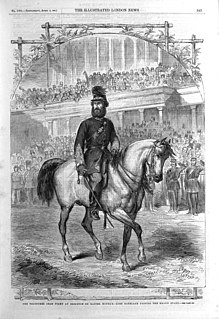
Viscount Ranelagh was a title in the Peerage of Ireland. It was created on 25 August 1628 for Sir Roger Jones, son of Thomas Jones, Archbishop of Dublin and Lord Chancellor of Ireland. He was made Baron Jones of Navan, in the County of Meath, at the same time also in the Peerage of Ireland. Thomas Jones's father was Henry Jones, of Middleton in Lancashire. The first Viscount was succeeded by his eldest son, Arthur, the second Viscount, who represented Weobly in the English Parliament. Arthur was succeeded by his son, Richard, the third Viscount, who was created Earl of Ranelagh in the Peerage of Ireland in 1677. On Richard's death in 1712 the earldom became extinct while the barony and viscountcy became dormant.
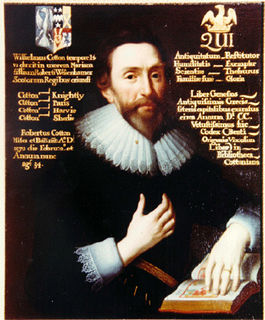
There have been three Baronetcies created for persons with the surname Cotton, all in the Baronetage of England. One creation is extant as of 2008.

There have been two baronetcies created for members of the Hanmer family of Flintshire, Wales, one in the Baronetage of England and one in the Baronetage of Great Britain. Only one creation is extant as of 2008. The third Baronet of the second creation was elevated to the peerage as Baron Hanmer in 1872, a title which became extinct in 1881. The family name derived from the manor of Hanmer in the Diocese of St. Asaph.
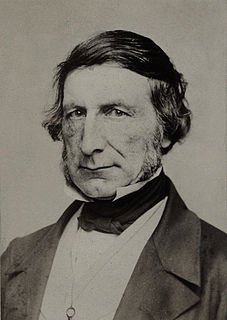
There have been seven Baronetcies created for persons with the surname Lewis, two in the Baronetage of England and five in the Baronetage of the United Kingdom. Only one creation is extant as of 2010.
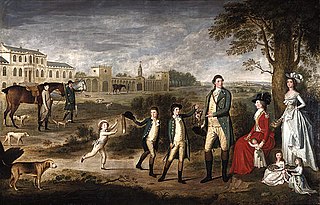
There have been five baronetcies of the United Kingdom created for a person with the surname Erskine, two in the Baronetage of Nova Scotia, one in the Baronetage of Great Britain and two in the Baronetage of the United Kingdom. Two of the creations are extant as of 2010.

There have been nine baronetcies held by people with the surname Nugent, four in the Baronetage of Ireland and five in the Baronetage of the United Kingdom. Six of the creations are extinct, while three are extant.
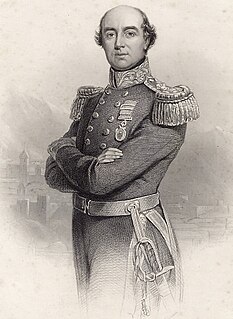
There have been twenty one baronetcies created for persons with the surname Williams, eight in the Baronetage of England, three in the Baronetage of Great Britain and ten in the Baronetage of the United Kingdom. Only six of the creations are extant as of 2017.
There have been four baronetcies created for people with the surname Lee, all extinct.
There have been three baronetcies created in the Baronetage of England for members of the Skipwith family of Skipwith, Yorkshire, which relocated to Lincolnshire in the 14th century. They were a successful court family, with one member, Margaret Skipwith, seen as a possible queen of England after the death of Henry VIII's third wife, Jane Seymour. One creation of the baronetcy is extant as of 2008.
The Wroth Baronetcy, of Blenden Hall in the County of Kent, was a title in the Baronetage of England. It was created on 29 November 1660 for John Wroth. The baronetcy became extinct upon the death of the third Baronet in 1721. The third Baronet, whose seat was Petherton Park in Somerset, was Member of Parliament for Bridgwater, for Somerset and for Wells. The title became extinct on his death in 1721.

There have been four baronetcies created for members of the Slingsby family who settled at Scriven Hall, Scriven, Knaresborough, Yorkshire in the 14th century.

The Newcomen Baronetcy, of Kenagh in the County of Longford, was a title in the Baronetage of Ireland. It was created on 30 December 1623 for Robert Newcomen. Born in London, the third son of Charles Newcomen and Jane Nightingale, Robert had come to Ireland in the late sixteenth century. He settled at Keenagh in County Longford, where he became a substantial landowner, and sat in the Irish House of Commons for Kilbeggan. By his first wife Katherine Molyneux, daughter of Sir Thomas Molyneux, Chancellor of the Exchequer of Ireland and Catherine Stabeort, he had twenty- one children, including the second, third and fourth Baronets. The sixth, seventh and eighth Baronets also represented County Longford in the Irish House of Commons. The eighth Baronet also represented Longford Borough in Parliament. The title became extinct on his death on 27 April 1789.

The Whichcote Baronetcy, of the Inner Temple in the City of London, was a title in the Baronetage of England. It was created on 2 April 1660 to reward Jeremy Whichcote for his services to the exiled King Charles II. Whichcote, previously Solicitor-General to Prince Rupert of the Rhine, bought the post of Warden of Fleet Prison and, during the Commonwealth, was able to shelter the king's friends and agents in this way.
The Standish Baronetcy, of Duxbury in the County of Lancaster, was a title in the Baronetage of England. It was created on 8 February 1677 for Richard Standish, subsequently Member of Parliament for Wigan. The title became extinct on the death of the third Baronet in 1812.

There have been seven baronetcies created for persons with the surname Herbert, three in the Baronetage of England, one in the Baronetage of Ireland and three in the Baronetage of the United Kingdom. All creations are extinct.
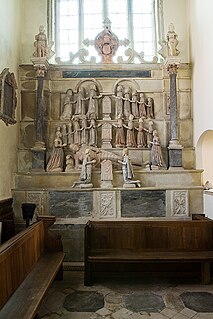
Sir Thomas Hele, 1st Baronet was a landowner from Devon and MP on various occasions from 1626 to 1670. A Royalist during the 1642 to 1646 First English Civil War, he raised a regiment of cavalry which served in the West Country and sat in the Oxford Parliament.
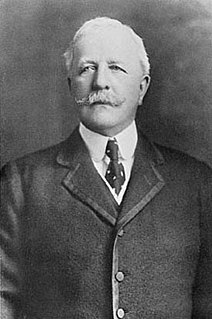
There have been three baronetcies created for persons with the surname Meredith, one in the Baronetage of England, one in the Baronetage of Nova Scotia and one in the Baronetage of the United Kingdom. Two of the creations are extinct while one is dormant.
Flete in the parish of Holbeton in Devon is an historic manor. In 1810 it was called "one of the finest estates in the county of Devon". The present manor house known as Flete House was built in the 19th century incorporating some elements of an earlier Tudor house on the site.















